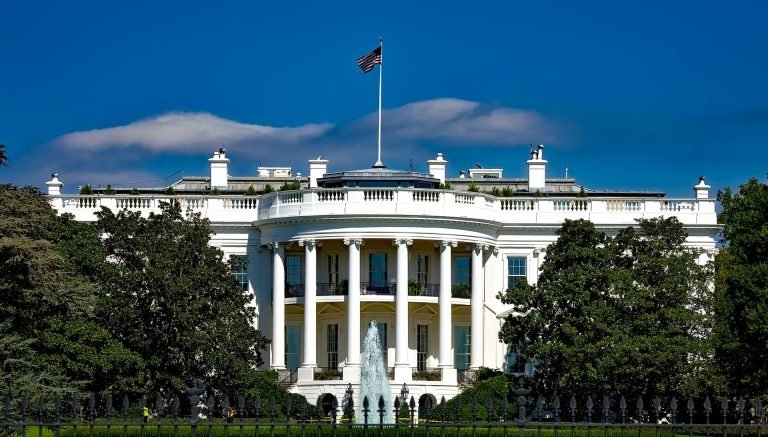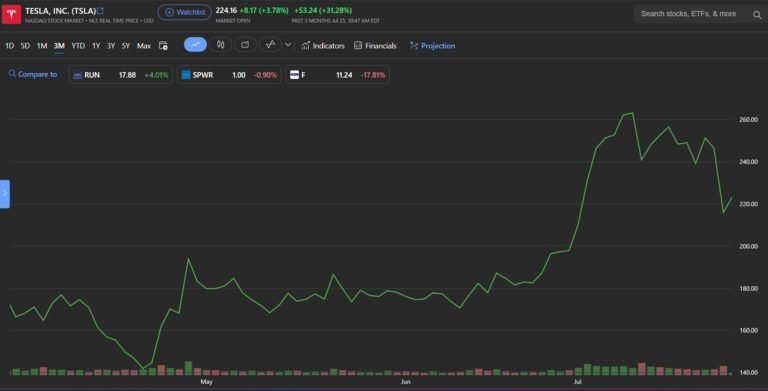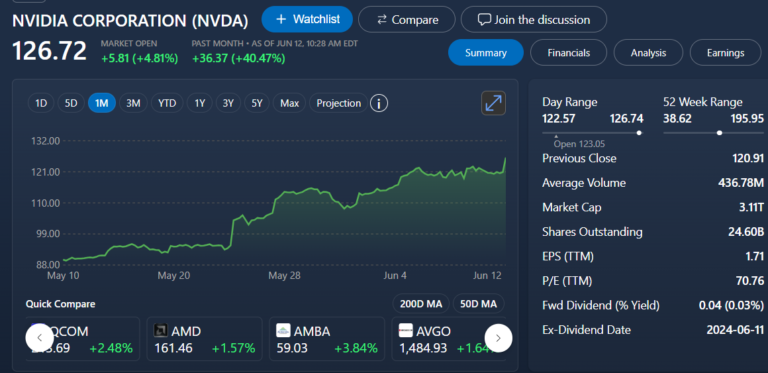Persistent Inflation and Federal Reserve’s Monetary Policy: Analyzing March’s 2024 CPI Data

Overview of March’s Inflation Data
In March 2024, inflation demonstrated a stubborn persistence, registering a 3.5% year-over-year increase according to the Consumer Price Index (CPI) report by the Labor Department. This uptick from February’s 3.2% was primarily fueled by higher rent and gasoline prices. Monthly costs also saw a 0.4% rise, maintaining the pace set in the previous month.
Core Inflation and Federal Reserve’s Concerns
The core inflation rate, which strips out the volatile food and energy sectors, mirrored the previous month’s growth at 0.4%, keeping its annual rise at 3.8%. Despite inflation peaking at 9.1% in June 2022, its highest in 40 years, there has been a significant slowdown. However, the gradual easing of worker shortages has only slowly affected service costs like rent and transportation, which continue to climb.
The State of Inflation Across the US
Variations in inflation rates across different states highlight the uneven impact, with some states experiencing significantly higher inflation rates than others. Barclays anticipates a gradual decrease in monthly price gains, projecting a year-end inflation rate of 3% and a core inflation rate of 3.1%, still above the Federal Reserve’s 2% target.
The Future of Interest Rates
Fed Chair Jerome Powell had hinted at a potential easing of inflation towards the 2% goal, despite a “bumpy path.” However, March’s higher-than-expected inflation rates have led to speculations of delayed rate cuts. The futures market now expects the Fed to initiate rate cuts in September, adjusting from a previously anticipated start in June.
Impact on the US Economy and Stock Market
The March inflation data has impacted the US stock market and raised concerns over the timing of anticipated rate cuts by the Federal Reserve. With the Federal Reserve pausing rate hikes since July after reaching a 22-year high, the focus remains on managing inflation without hampering economic growth.
Gasoline Prices and Housing Costs
March saw gasoline prices increase by 1.7%, a consequence partly attributed to the ongoing Russia-Ukraine conflict. Rent costs, although slightly decreased, still contribute significantly to the monthly inflation increase, with economists predicting a slow moderation in rent increases.
Other Economic Indicators
While some goods prices have seen reductions, service costs and certain food items have experienced hikes. Medical care, car repairs, and auto insurance costs have increased, whereas airfares have slightly dropped. Grocery prices remained stable, offering some relief amidst fluctuating prices in other categories.
Conclusion
March’s 2024 inflation data underscores the challenges faced by the Federal Reserve in curbing inflation to its target rate amidst a robust economy. With significant uncertainties surrounding the future of interest rates and economic policies, the direction of inflation and its impact on both the national and global economy remains a critical issue for policymakers and investors alike.





